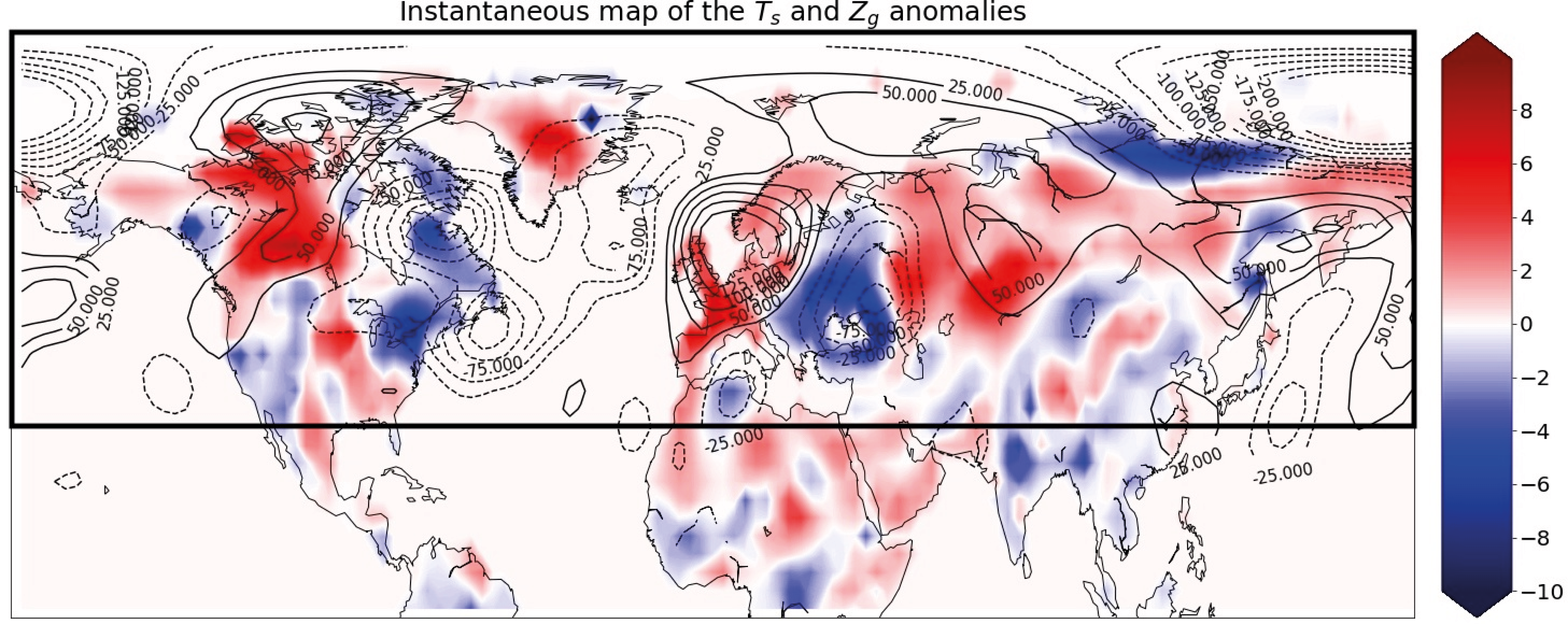
 Autour du thème des TIPE pour les concours 2020
Exposé 1
Exposé 2
Exposé 3
Exposé 4
Autour du thème des TIPE pour les concours 2020
Exposé 1
Exposé 2
Exposé 3
Exposé 4
 Autres années
Autour du thème des TIPE pour les concours 2019 - Transports
Autres années
Autour du thème des TIPE pour les concours 2019 - Transports

 Autour du thème des TIPE pour les concours 2020
Exposé 1
Exposé 2
Exposé 3
Exposé 4
Autour du thème des TIPE pour les concours 2020
Exposé 1
Exposé 2
Exposé 3
Exposé 4
 Autres années
Autour du thème des TIPE pour les concours 2019 - Transports
Autres années
Autour du thème des TIPE pour les concours 2019 - Transports
Freddy BOUCHET,
LMD-ENS & CNRS
Wednesday, May 10, 2023
1:30 p.m. — ConfIV (E244)
I will discuss several examples where statistical physics and large deviation theory can be useful to solve fundamental problems for the dynamics
of the climate system.
The first example will be a theoretical contribution to the kinetic theory of wave turbulence. Wave turbulence plays an important role for atmosphere/ocean physical exchanges and for mixing of the ocean interior. I will explain how large deviation theory allows to extend this classical theory to compute effects of typical and rare spontaneous fluctuations. I will explain how this can be used for stochastic parameterization for wave energy propagation.
A large part of the talk will be dedicated to extreme heat waves. Extreme events or transitions between climate attractors are of primarily importance for understanding the impact of climate change. Recent extreme heat waves, with huge impact, are striking examples. However, they cannot be studied with conventional approaches, because they are too rare and realistic models are too complex. We will discuss several new algorithms and theoretical approaches, based on large deviation theory, rare event simulations, and machine learning for stochastic processes, which we have specifically designed for the prediction of extreme heat waves. Using the best available climate models, our approach sheds new light on the fluid mechanics processes which lead to these events. We will describe quasi-stationary patterns of turbulent Rossby waves that lead to global teleconnection patterns in connection with heat waves and analyze their dynamics.
At the end of the talk, I will briefly outline current projects where we use the same tools to study extremes of renewable energy production and their connection with climate dynamics. Those rare events are key for the future of the European electricity system.

 RECRUTEMENT
RECRUTEMENT ACCES DIRECT
ACCES DIRECT